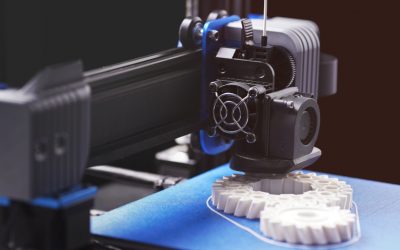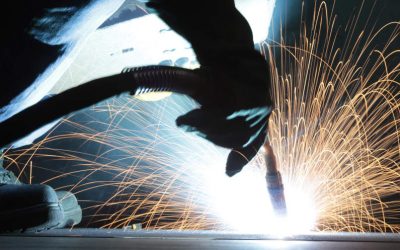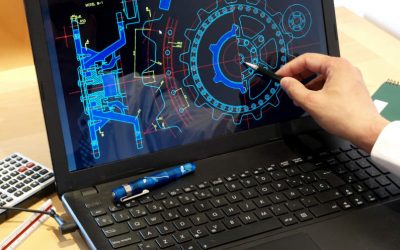Aluminum’s desirable physical properties and excellent machinability make it one of the most preferred metal choices among product designers. However, even after you’ve come up with the design for an aluminum component or part, you don’t want to get all the way to manufacturing these parts without ever building a prototype.
But here’s the problem; when it comes to aluminum prototype manufacturing, you have a long list of options to choose from, including CNC machining, 3D printing, and investment casting. Each of these methods comes with its advantages and drawbacks. A wrong choice can lead to high tooling and manufacturing costs, non-functional and unusable parts.
This article covers three popular methods for manufacturing aluminum prototypes. But to help you understand which method is best suited for your prototyping project, it’s essential that we first consider the different forms an aluminum prototype can take.
Different Forms of Aluminum Prototypes
Prototypes typically come in 3 types:
- Alpha prototypes: These are the most basic type of prototypes. They are usually non-functional and used only for a visual representation of ideas or concepts.
- Beta prototypes: They are functional prototypes that are close enough to the final product or part. These prototypes are usually put through testing to troubleshoot design flaws.
- Production prototypes: They are fully-functional prototypes that have undergone refinements based on the results obtained from beta prototype tests. These prototypes will be identical to the final components.
Let’s take a look at three different methods for manufacturing aluminum prototypes.
Method #1: CNC Machining
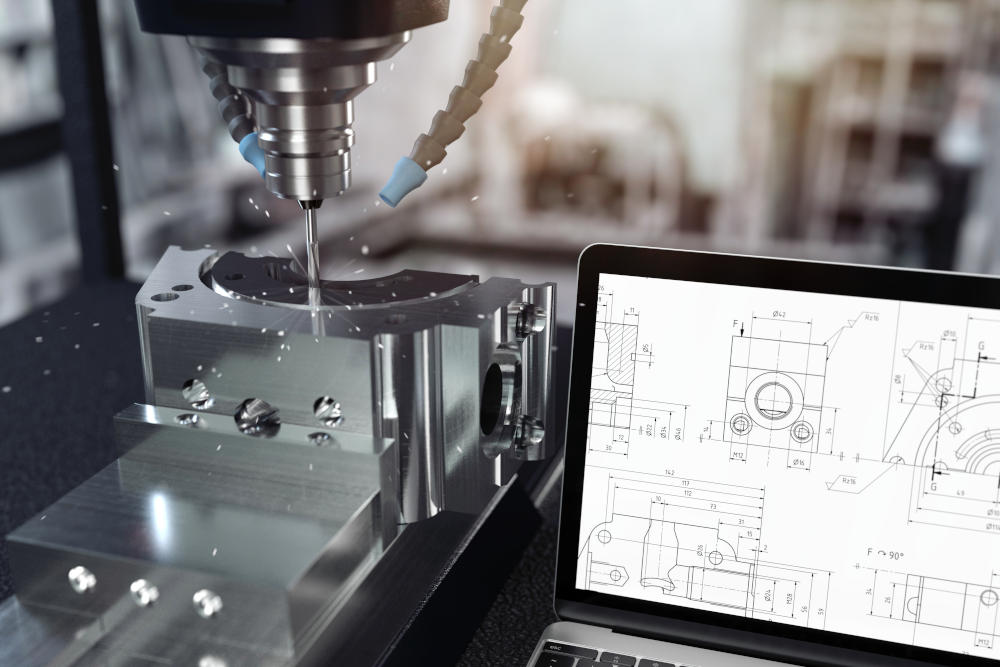
CNC machining is one of the most common machining methods for creating aluminum prototypes. This machining process relies on computer inputs to precisely control machining tools to remove sections of the aluminum workpiece, leaving behind the desired part. But what makes the CNC machining process special, and when should you use it?
CNC machining offers good quality, great surface finish, repeatability, and it is compatible with a wide range of aluminum alloys. What’s more? Because the CNC machining process starts with creating 3D CAD models, you can quickly alter the designs between prototypes without affecting lead times.
CNC machining is particularly suitable for beta and production prototypes. With the 5-axis CNC milling machine, you can create complex prototypes that other machining methods will struggle with.
Method #2: 3D Printing
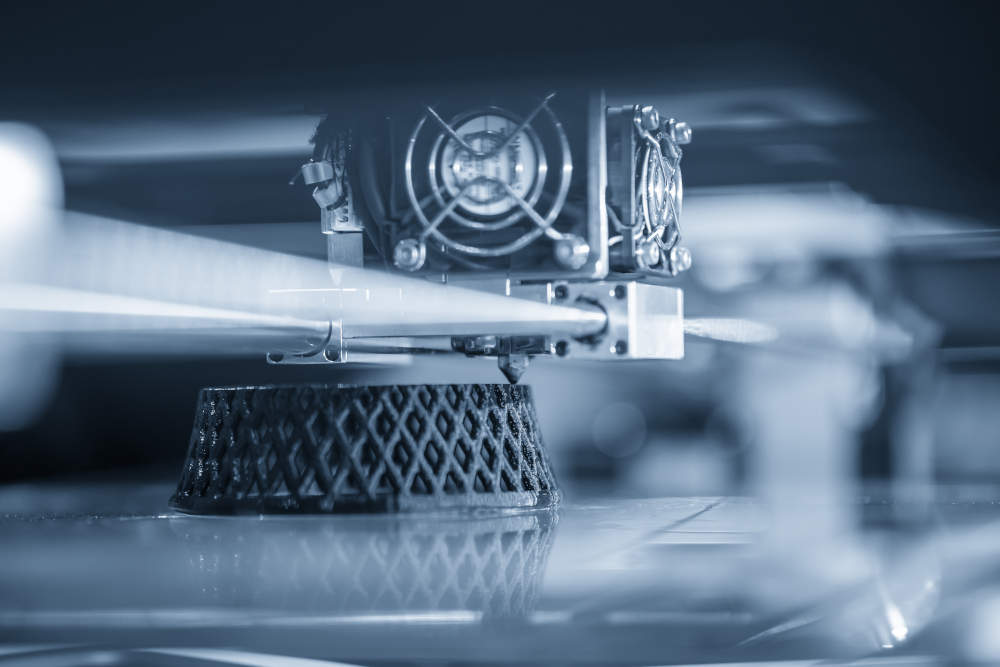
3D printing is another popular way of creating aluminum prototypes. 3D printed aluminum prototypes can be made using the Direct Metal Laser Sintering (DMLS) technology. Here, powdered aluminum particles are sintered together in layers to form desired shapes using a high-power laser.
Like the CNC machining process, 3D printing relies on 3D CAD models to create aluminum prototypes accurately. Its minimum feature size ranges between 0.25 mm and 0.8 mm, allowing the fabrication of complex geometries with complex internal sections. However, 3D-printed aluminum prototypes don’t come off the line cheap and will often require additional surface treatment.
Creating an aluminum prototype via 3D printing will often cost more than CNC machining. As such, 3D printing is better suited for fabricating small parts, particularly beta and production prototypes. They may also be used for fabricating alpha prototypes, provided that you won’t be making design changes often.
Method #3: Investment casting
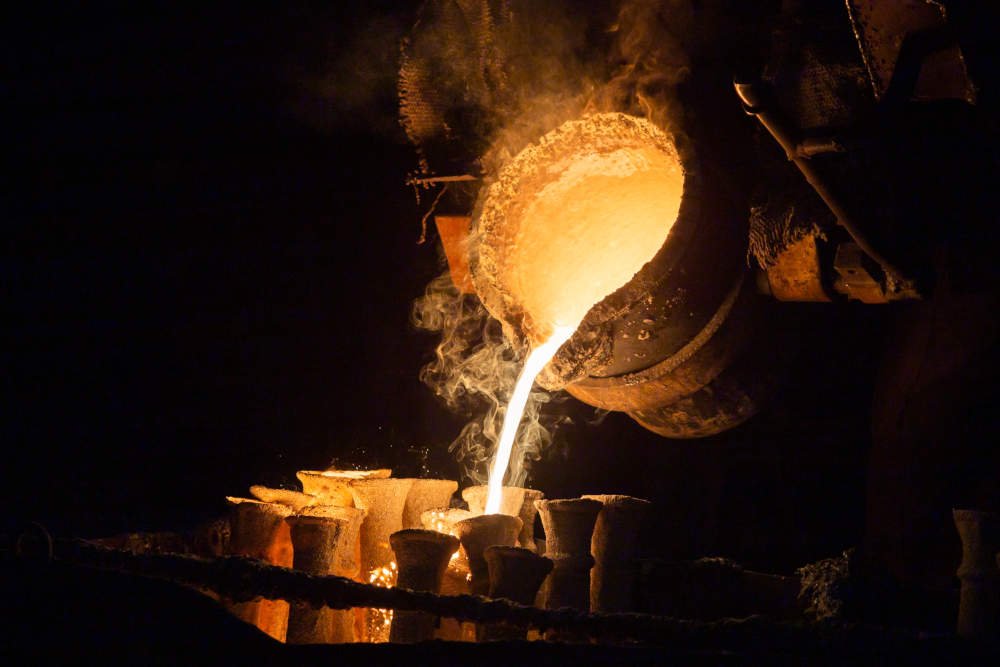
Investment casting, also known as precision casting, is a centuries-old casting process used for creating aluminum prototypes. Here, the aluminum parts are made by pouring molten aluminum into a mold that has been created by means of a wax model.
Investment casting offers excellent surface finish, tight dimensional tolerances and is compatible with a wide range of aluminum alloys. Also, material wastage is lower in investment casting than in CNC machining. The only drawback of this process is its size limitation. It may not be your best option if you’re looking to fabricate a bulky aluminum component.
Although investment casting can be used for machining alpha, beta, and production prototypes, it is best suited for fabricating small intricate components in large quantities. This is because production cost per unit decreases with larger orders.
Choosing a machining method for your aluminum prototyping project is just the first step; your project’s success largely depends on your manufacturing partner. You want to work with a prototype manufacturer that has state-of-the-art machining equipment as well as experienced machinists.
Gensun Precision Machining is a leading precision machining company located in China. We offer high-quality CNC machining, investment casting, and 3D printing services and can help you develop prototypes for your project.
Request a quote today to get your project started.

